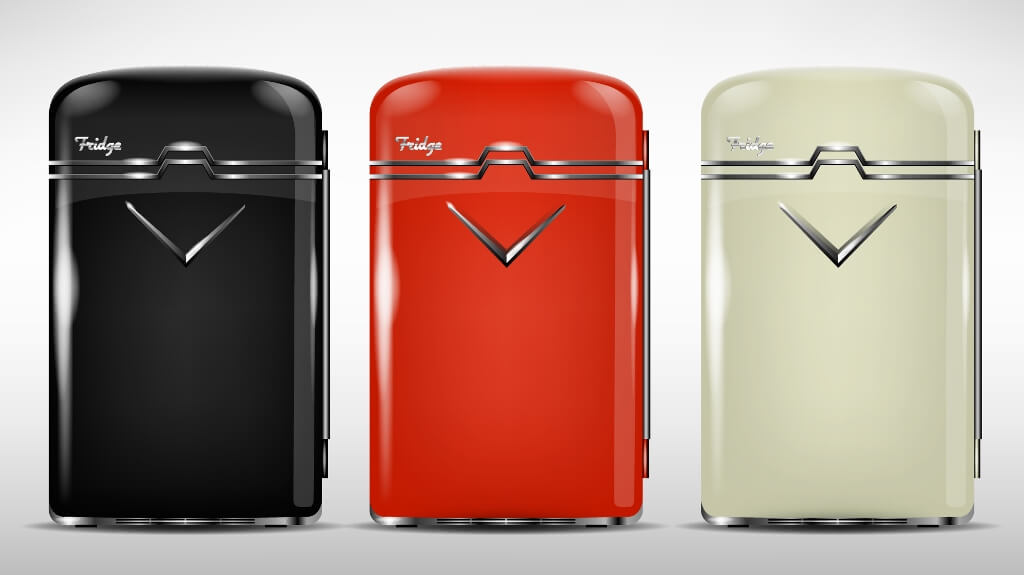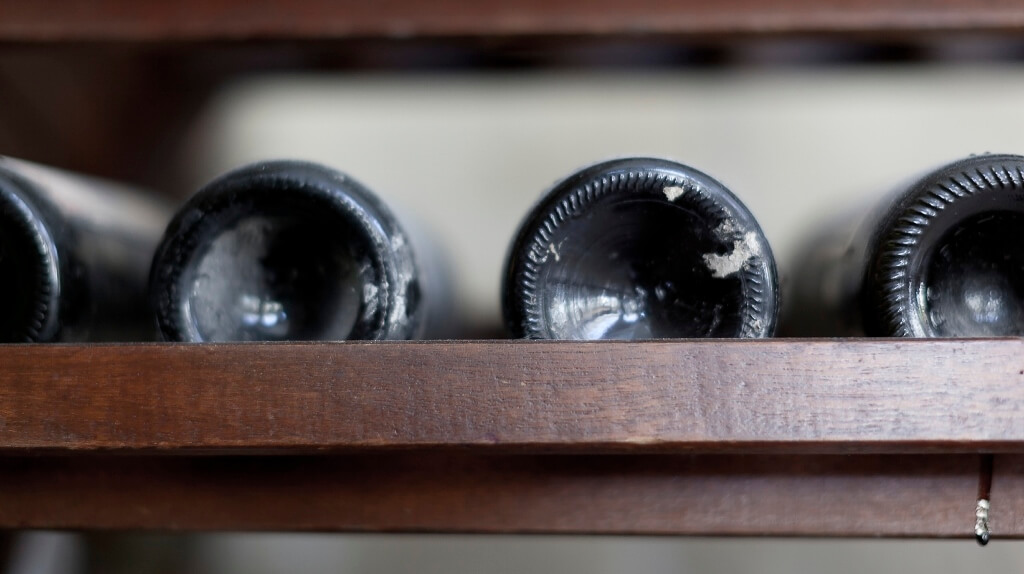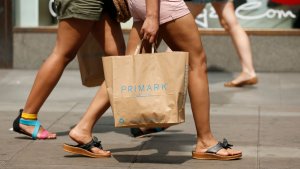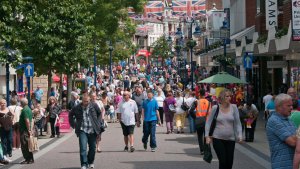With BHS' fall from grace hitting the headlines this week, perhaps it's a good time to consider what great retailing looks like in 2016.
What Retail Paradise Looks Like
With BHS' fall from grace hitting the headlines this week, perhaps it's a good time to consider what great retailing looks like in 2016.
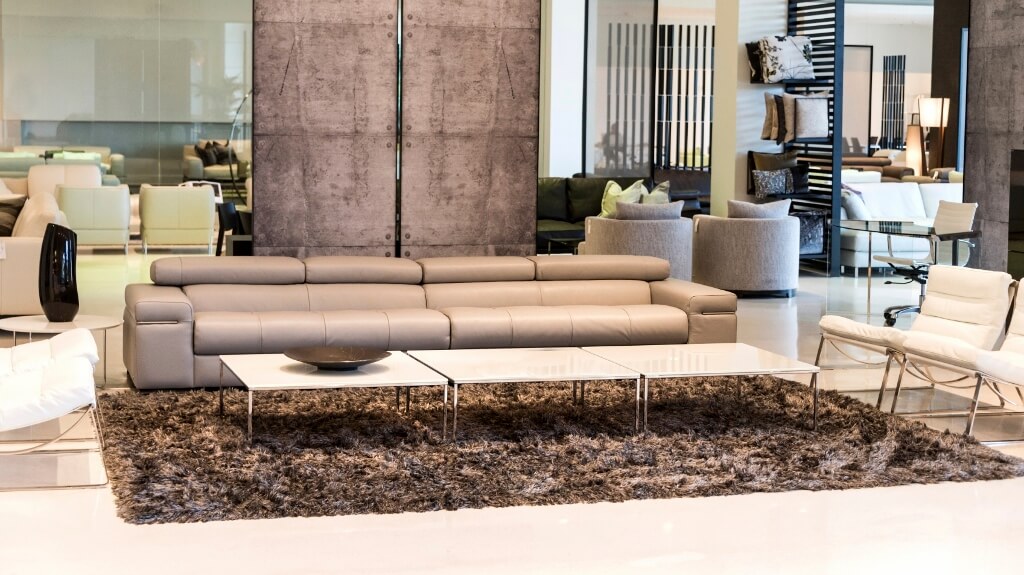
Lots of retailing stories these days are reminiscent of Dante’s Inferno - the classic, epic poem about a mythical journey through nine circles of hell. Freeman Hall’s book Retail Hell and blog Retail Hell Underground invite fellow retailers to commiserate about everything from secret shoppers to surprise audits to unreasonable demands by area managers and customers.
“Inferno” is only one part of Dante’s ‘Divine Comedy’ and the one people remember best - but there are two others: Purgatory and Paradise.
Could retail ever be paradise? Maybe when hell freezes over, I can imagine you thinking. Nevertheless, I invite you to suspend your disbelief and imagine a retail paradise that is not only possible in the future, but starting to manifest today.
Here is what a typical day in paradise might look like from the perspective of the store manager of a high-end Danish furniture retailer in West London:
9.00 am
I start out as usual by reviewing today’s sales goal on my KPI dashboard. I’m measured on my store’s sales and profits and my team’s bonus depends on us hitting our targets.
Anything we earn above that means more bonus for me and my team (and I improve my chances to move up in the ranks!) Throughout the day, I’ll be comparing our traffic to that of last year’s, last week’s and yesterday’s. This helps me anticipate what level of business I am likely to see and what resources I'll need to not only achieve, but to exceed, my goal.
Before opening the doors I have a quick team talk to get my assistants motivated for the day ahead. I remind them to push the popular retro fridges. The new luxury flats around the corner have just been completed and thankfully the kitchens are unfurnished!
I also ask the team to watch out for visitors with bags from the neighbouring wine shop. I expect our teak wine racks on promotion to be popular in this upscale neighbourhood - and they’re a fast-mover with an excellent margin.
My team often sells well and beats target, but I’m never complacent. I know we can always do a little better by adjusting our focus and resources. Every single visitor is a potential customer and it’s up to us to make the most of each interaction. It’s also what motivates me and my team and makes this job fun.
10.00 am
The store is ready and open for business. All the promotions are clearly marked and accurate. All displays and merchandise are clean and tidy, priced and fully stocked. All the add-on and impulse sales items are in place. The windows are clean and attractive and the whole store has an inviting atmosphere.
Even though we’re ready, I know how fickle and discerning shoppers can be in this expensive neighbourhood. We have to strike a fine balance. If we don't approach customers in the right way, with the right touch, we can easily put them off. However, after we sell that first item and the wallet is open, the mood lifts and it becomes so much easier to sell more related items.
Mornings are always slowest so I whip out my mobile app to look at the recent heat and pathmaps I've generated for the week. Based on the trend analytics, I see that a lot of people have been considering the retro fridge display, but I’m concerned that we’ve only sold three.
All my concerns disappear, however, after my app tells me we’ve sold a further eight to customers who came into the shop and bought online. Since our team gets the credit for those sales, I know we’re getting close to blasting our quarterly target. I walk around to inform the team and boost their morale.
12.00 pm
The lunchtime crowd is starting to arrive but I’m happy with the way our till queues are flowing. I know that an average sale at our checkout takes three minutes and that when we have more that three people queuing, the waiting time causes some customers to abandon their goods and leave the store.
Whenever we see three people in a queue, we either open another till or a floor assistant will jump in to assist card-paying people with a handheld device. Before we improved our in-store systems I used to dread mystery shoppers, now I say “bring them on!”
2.00 pm
After lunch, I take a peek at the KPI dashboard on my mobile phone and notice that the teak wine racks on promotion haven’t been selling as fast as I was anticipating. I decide to move them next to retro fridge display, our busiest traffic hotspot.
Another metric I always keep an eye on is average store occupancy. This, in combination with dwell around my till points, and best-performing product displays, gives me the information to put enough people in the right places to maximize sales while keeping tight control on staffing costs. I'm always looking for opportunities to optimise and sell.
4.00 pm
Those teak wine racks are positively flying out of the store now! I’ve decided to place a rush re-order to make sure we don’t run out before weekend.
Buoyed by this change in fortune, I’m now starting to wonder how we might pull even more people through the door. Over the last few months we've been analysing the windows and learning which types of promotions and displays are attracting the most people.
Our Retro line really seems to be a winner so I decide to call the marketing team at Head Office to see if they will send someone down to re-design our window before the bank holiday weekend. The weather is going to be great and the feel-good factor will rally lots of people to get out and hit the shops. Marketing’s on board with my plan and agree to send a designer in on Thursday to update the window.
5.00 pm
Check with product and merchandising teams at Head Office to share the success we’re having with the retro fridges and wine racks and our plans for the upcoming bank holiday weekend. They are delighted with the feedback and our team’s performance and agree with my recommendation to bring in extra staff to deal with expected sales bonanza.
I reflect that it must have been hell for store managers to deal with Head Office back in the days before we had so much data at our fingertips.
7.00pm
My team and I close up shop. I surprise the team by cracking opening a bottle of bubbly and thanking them for their great performance. On the basis of the day’s sales we’ve already exceeded our quarterly target and earned our bonuses.
Another day in retail paradise!
You were likely shaking your head in disbelief as you read this account, but all the technology our fictitious store manager referred to in this article is not only available today, but is surprisingly affordable and accessible. It’s not just large retailers that are starting to benefit from business intelligence technology, but the independents and university shops as well.
I hope this story has given you as much hope and optimism about the possibilities for retail paradise as I have.
Cliff Crosbie is a seasoned retail executive who has worked for and developed in-store experiences for some of the best brands in the world including Apple, Ikea, Nokia, Nike and Habitat.
Thanks for signing up to Minutehack alerts.
Brilliant editorials heading your way soon.
Okay, Thanks!
